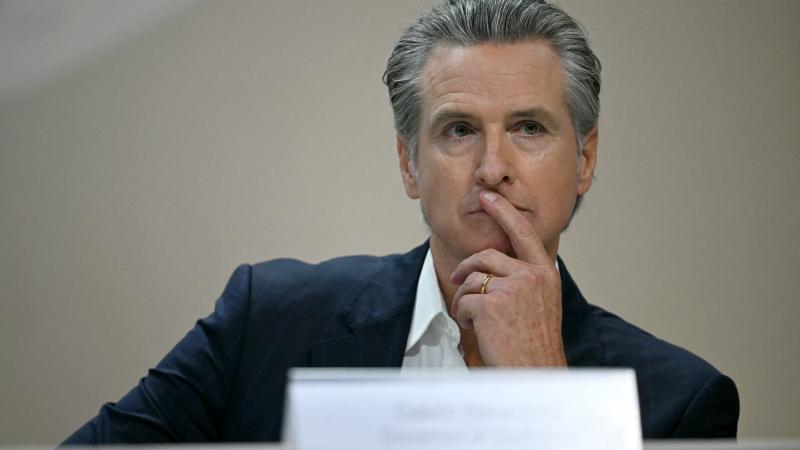California energy costs double national average, threatening EV adoption
California energy costs 2.3 times the national average, with energy costs in the state increasing 10.9% over the past four years compared to 5.1% nationwide.
(The Center Square) - California’s energy costs are double the national average and increasing at double the national rate as the state pushes for reducing emissions to 40% below 1990 levels by 2030. The state’s energy regulator says energy costs are rapidly approaching the tipping point at which filling up a Tesla with electrons will cost more than filling up a Camry with gasoline.
With the state reducing emissions by an average of 1.5% per year since 2010, this rate would leave the state not reaching its emissions goal until 2047.
California energy costs 2.3 times the national average, with energy costs in the state increasing 10.9% over the past four years compared to 5.1% nationwide, according to an analysis by Radiant Energy Group of U.S. Energy Information Administration data. In some markets, consumers face even higher increases — in San Jose, average monthly energy bills rose from $121 in 2021 to $203 by the end of 2023, with increases from $152 to $220 and $113 to $138 in Los Angeles and San Diego across the same time frames.
Due to the extremely high cost of California energy, the legislature ordered the California Public Utilities Commission to restructure energy bill surcharges for non-consumption costs to be based on household income. Under this plan, monthly fees to cover utilities’ normal costs outside of electricity consumption — such as power line maintenance and wildfire protection — would be charged to homes based on their household income. Both Republican and Democratic state legislators have come out with plans to repeal this order, suggesting the income-graduated fixed charge may be shut down before it takes effect on July 1.
The CPUC notes electricity bills have nearly doubled in the past decade, and says that the state may soon be facing the point at which filling a Tesla Model 3 with energy will become more expensive per-mile than driving a Toyota Camry.
The CPUC says this tipping point occurs at $0.50 per kWh. Two out of the three of the state’s largest energy providers are expected to pass $0.40 and get close to $0.50 per kWh for residential consumers by the end of the year, or nearly triple the current national average of $0.16 kWh.
Given the state’s plans to spend $1.9 billion more on EV chargers in the coming years amid an ongoing collapse in EV sales, energy prices rising above the EV tipping point could drive complications for the state’s order that all new vehicles be emissions-free starting in 2035.
“Democrat leadership continues to prioritize untested, so-called "green" projects while touting them as ‘first-in-the-nation’ policies, all at the expense of ratepayers,” said State Sen. Brian Dahle, R-Bieber, who is Vice Chair of Senate Energy, Utilities & Communications Committee. “Many Californians are struggling financially, and it's time to stop wasting taxpayers' money on ineffective policies.”
With the state facing a $73 billion deficit that may continue to get worse due to rising unemployment and outmigration, and declining tax revenues, the state may have no choice but to reduce some of its clean energy spending and emissions commitments.
According to the Lawrence Livermore Laboratory, California could scrap everything but its 2018 pollutant reductions plan and achieve a carbon-negative economy with under $10 billion per year invested in natural climate solutions such as forestry and better farming, revenue-generating biomass conversion of waste to fuel, and some carbon dioxide capture and storage.
















